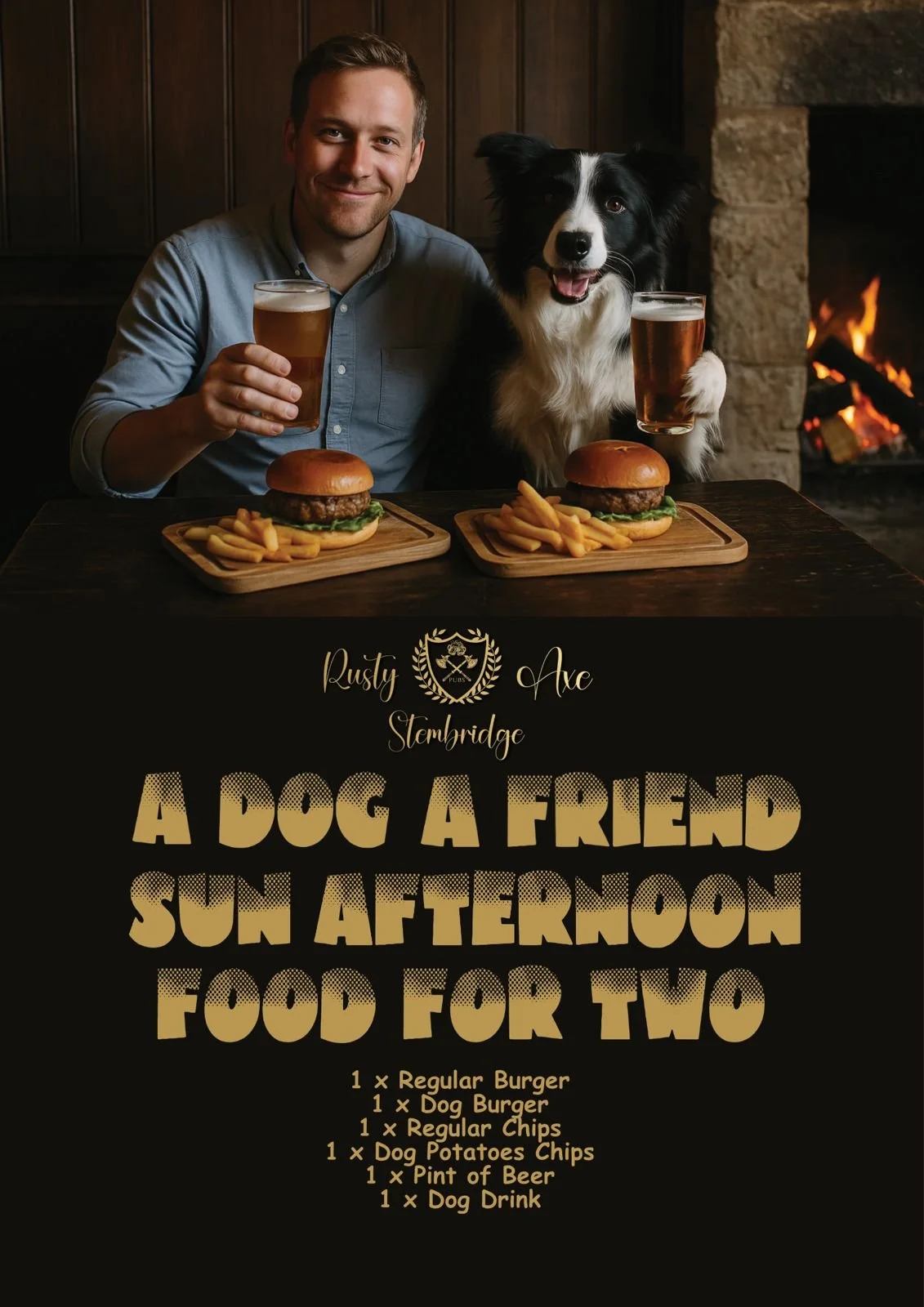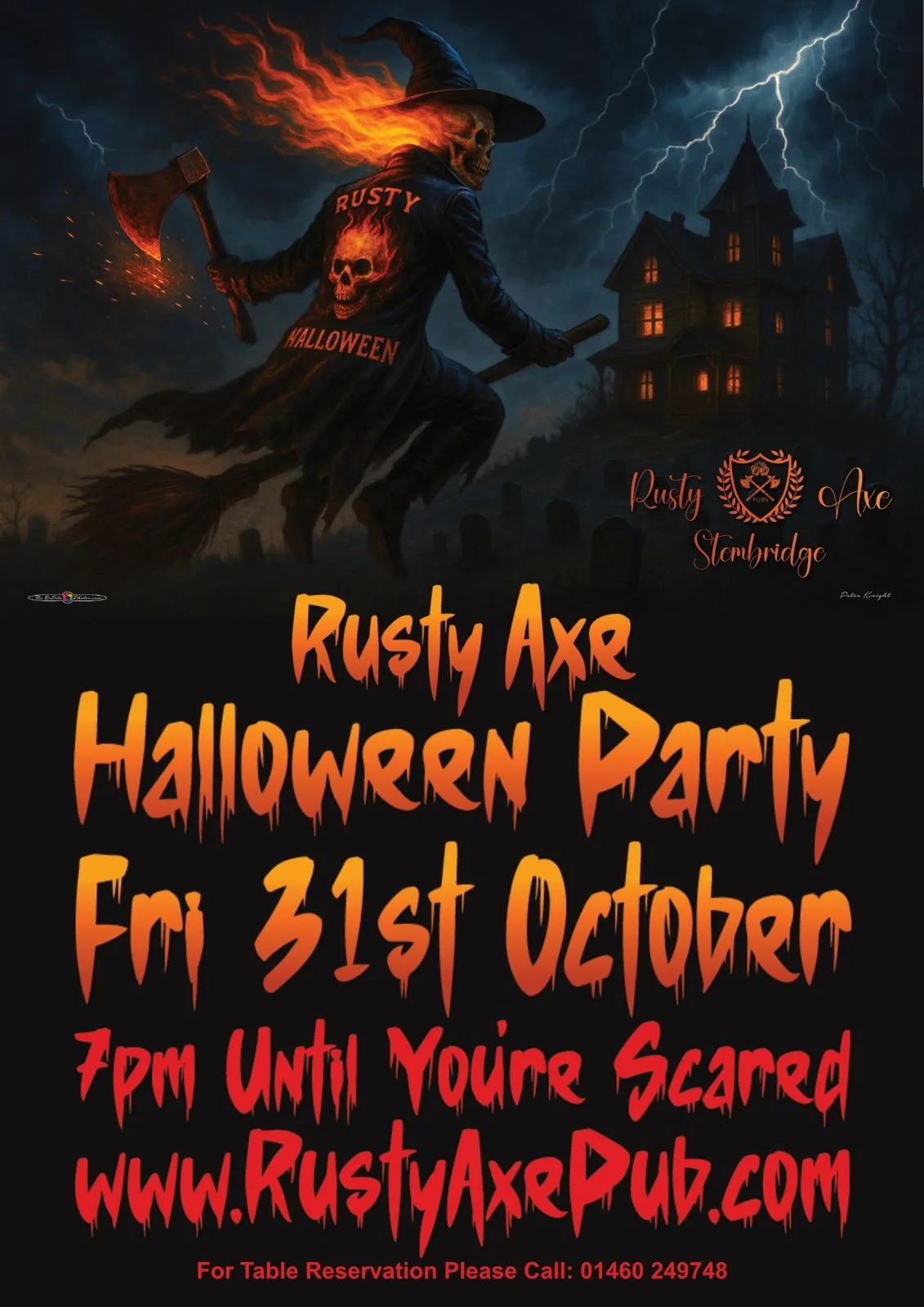AI in Photography & Design: Levelling the Playing Field for Small Businesses
Introduction – A Shift in the Creative Landscape
In today’s hyper-visual marketplace, the way a business presents itself through images, graphics, and design can make the difference between being noticed and being overlooked. The rise of Artificial Intelligence in creative work is transforming how both global brands and local independents approach marketing visuals.
Yet, while both ends of the business spectrum use visuals, the expectations, budgets, and processes are very different. And that’s exactly where AI’s true impact is becoming clear it’s a bridge for smaller businesses to compete on a more even footing with the big players.
The Traditional Divide: Large Corporations vs. Small Businesses
Large Corporations – Precision, Prestige, and Consistency
Walk into any luxury boutique, flip through a glossy fashion magazine, or visit the homepage of a high-end jewellery brand, and you’ll instantly see the hallmarks of corporate-level photography:
Meticulous lighting setups
Professional-grade cameras and lenses worth tens of thousands
Experienced photographers and stylists
Top-tier models chosen to align with brand identity
Full production crews including art directors, retouchers, and set designers
Post-production teams fine-tuning every pixel
Every image is a deliberate brand statement, crafted to reinforce the company’s identity and market positioning. From the sparkle on a diamond ring to the texture of a designer handbag, every visual element is engineered to convey value and exclusivity.
This approach is powerful, but it’s also expensive. Corporate imagery comes with studio costs, talent fees, royalties, licensing agreements, and strict brand compliance checks. For global brands, these are standard investments; for small businesses, they’re simply out of reach.
Small Businesses – Creativity on a Budget
Now step into the world of independent cafés, local retailers, or small event venues. Their needs are no less important, but their resources are very different. Many can’t afford a multi-thousand-dollar photo shoot or a dedicated marketing team.
This is where professionals like me step in. I’m a freelance photographer and content creator working primarily with small businesses. My portfolio spans book covers, restaurant menus, posters, and promotional campaigns. By keeping my overheads low, I can offer high-quality visuals at rates that fit modest budgets, without sacrificing creativity or impact.
For small business clients, the goal is often to create professional, engaging, and personality-driven visuals that:
Make a strong first impression
Communicate the brand story quickly
Stand out in crowded markets
Feel authentic and approachable
These visuals must be versatile, working across print, social media, and in-store displays—without the luxury of multiple creative departments to manage each format.
Why Design Details Matter – Menus and Posters as Case Studies
Menus – More Than a List of Dishes
A menu isn’t just a functional document; it’s a brand ambassador. Before a single bite is taken, the menu communicates expectations.
A flimsy, poorly printed menu often signals a cheap dining experience.
A well-designed, visually appealing menu tells customers they’re in for quality and care.
Large chains and high-end restaurants often have corporate-approved templates, precisely designed to reflect brand values and maintain consistency across all locations. Fonts, colours, and layout choices are standardised.
Smaller venues, by contrast, have more creative freedom. They might want a design that blends personality with professionalism, highlighting local ingredients, seasonal specials, or themed nights like Mexican Fiesta Fridays or Wine & Cheese Pairing Evenings.
Posters – First Impressions at a Distance
Posters are often the first visual touchpoint for events, sales, or special offers.
Corporate event posters tend to follow strict branding rules: specific fonts, colour palettes, logo placement, and tone of voice.
Small business posters are often more flexible, aiming to be eye-catching and inviting while still looking professional.
Without corporate constraints, small businesses can experiment, mixing vibrant imagery, playful typography, and unexpected layouts to grab attention.
The AI Advantage – Leveling the Playing Field
For decades, the creative gap between large corporations and small businesses felt unbridgeable. But now, AI-powered photography and design tools are changing that equation.
With the right AI tools, small businesses can:
Generate professional-quality product photos without a full studio shoot
Experiment with multiple design variations in minutes, not days
Create branded marketing materials without expensive software subscriptions
Adapt and personalise visuals for specific events, promotions, or customer segments
AI doesn’t just speed up production, it empowers smaller players to compete visually with brands that have 100x their budget.
AI + Human Creativity – A Partnership, Not a Replacement
Some fear AI will replace human creatives. From my experience, that’s not the case—especially for small business work. AI is a tool, not a substitute for vision, taste, and storytelling.
A machine can produce an image, but it takes a creative professional to:
Understand the client’s personality and brand values
Choose visuals that emotionally connect with the target audience
Ensure consistency across marketing channels
Make design decisions that feel authentic, not generic
The real magic happens when AI and human creativity work together. AI handles repetitive tasks and offers instant variations. The creative professional curates, refines, and personalises the results.
Practical Examples – How AI Helps My Clients
1. Restaurant Menu Redesign
A small, family-owned bistro wanted a fresh, modern look for their menu but had a tight budget. AI-assisted design allowed me to:
Generate high-quality background patterns and imagery
Experiment with colour palettes instantly
Produce multiple layout options in hours instead of days
The result? A professional, print-ready menu that elevated their brand without breaking their budget.
2. Local Event Poster
A boutique wine shop was hosting a French Wine Tasting Night. Using AI tools, I quickly created:
Multiple poster versions with different wine bottle images
On-brand typography suggestions
Social media-sized versions of the poster in minutes
The campaign was consistent, stylish, and well-received, driving strong attendance for the event.
3. Product Shots for an Online Store
An artisan candle maker needed product photos for a new e-commerce site but couldn’t afford a professional studio session. With AI-enhanced editing, I could:
Remove background imperfections
Add subtle, realistic lighting effects
Create lifestyle mockups showing the candles in stylish home settings
The upgraded visuals helped boost sales and made the website feel polished and professional.
The Future – AI as a Small Business Equaliser
AI isn’t going anywhere. In fact, the tools are becoming smarter, faster, and more affordable every month. For small businesses, this is a golden opportunity to:
Present themselves as professional and credible
Experiment with more creative campaigns
Reach wider audiences without massive marketing spends
The future of small business marketing won’t be about replacing human creativity with machines, it will be about empowering human creativity with machines.
Final Thoughts
Large corporations will always have the resources for high-budget campaigns. But small businesses now have something they never had before, access to tools that can give them a professional edge at a fraction of the cost.
AI is not the enemy of creative professionals; it’s the ally that helps us deliver big-brand quality on small-business budgets. And in a competitive world, that’s not just a blessing, it’s a revolution.
Design created for a Scuba Diving Club








